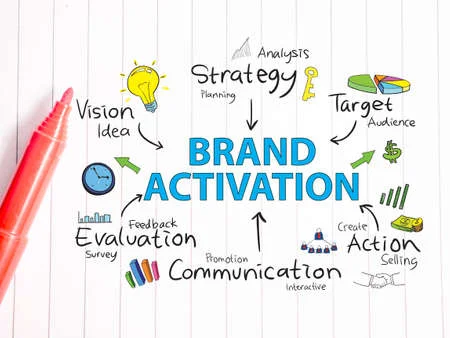A brilliant marketing idea was conceived in the 1960s, when marketing men started smoking at their desks, women typed away in typing pools, and sliced bread was used as a quality indicator of products. Product, price, promotion, place, people, process, and physical evidence make up the 7 P’s of digital marketing. Learning the relationship between these factors will help you develop a more comprehensive and effective strategy for your digital marketing campaigns.
Let discuss in details each one of the seven Ps:
Product:
Unsurprisingly, the product or service itself must serve as the foundation for the entire marketing strategy.
Simply put, it lets you answer one of the most important questions for closing a sale: “What issue or problem can the product address for customers?” To what end does your product perform where others have failed?
The digital marketing mix is ideal for exhibiting your items, whether you choose to do so through search engine optimization (SEO), blogs or articles, paid advertising, affiliate marketing, content marketing, or viral video marketing, for example.
Price:
The next thing you need to do is work out how much money you will make off of selling your product or service.
Pricing is a topic that can be difficult to understand, but you want to make sure that your price is attractive while still offering value to your clients.
Selling something at a high price to those who aren’t prepared to pay for it is a surefire way to lose money.
Promotion:
Now, it is time to begin marketing your product once you have established what you will be selling and how much you’re going to ask for it.
When promoting a good or service on the internet, you may choose from a number of different techniques, and the ones you employ will depend on the objectives you wish to achieve and the people you wish to reach.
Content promotion, SEO, social media advertising, affiliate marketing and PPC are all common forms of online marketing.
Place:
If you want your clients to be able to make a purchase, you have to make sure that it is available in the stores, online marketplaces, and other locations where they are looking for it.
This necessitates the possession of a website that has been thoughtfully built and is simple to use, as well as an e-commerce platform that is suitable with the payment options that your customers prefer.
If a significant portion of your clientele shops at other online marketplaces in addition to Amazon, eBay, and Etsy, then you need to make sure that your wares are visible to them there as well.
Distribute your wares however and wherever you must to reduce resistance.
People:
In this phase, you should think about the customers who will be using your service or product.
Everyone from potential buyers to sales representatives is part of this group.
Before beginning product promotion, it’s crucial to have a firm grasp of your intended market and their needs.
Furthermore, after you begin advertising your product, it is crucial to track how users are responding to it so that you may make any necessary improvements.
Process:
Delivery of your product or service to your customers is expedited by this process step.
An efficient customer support system and a straightforward checkout experience are essential for this.
It’s also crucial to have a method in place for processing orders and delivering the final product.
Physical Evidence:
Elements that can be considered physical proof of your brand’s existence and a purchase being made include packaging, receipts, and promotional materials.
You can provide evidence of the existence of your brand by having a storefront, an internet presence (if applicable), or by handing out business cards at networking events. Purchase documentation can take the form of paper or electronic receipts, invoices, or even retention-focused email newsletters sent to clients after the fact.
The marketing mix should also consider the customer’s other senses, such as sight, sound, and even smell, in relation to the product or service being marketed.
This encompasses the physical placement of your items in stores, such as their packaging and branding, as well as the digital placement of your products, such as on your website and social media.






